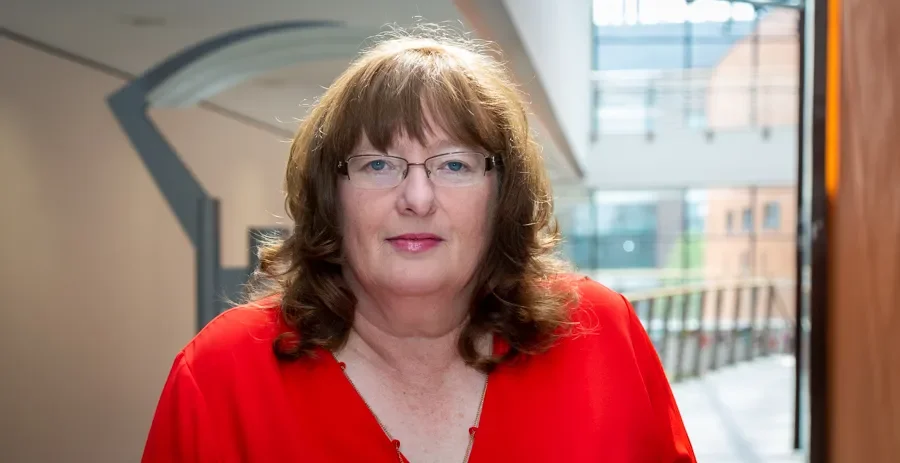

Spotlight on Research: Child’s play through the ages
This week’s Spotlight on Research is with Dr Carol Barron, DCU School of Nursing and Human Sciences.
You are exploring how children play, why do we need to look more closely at that?
“I’ve been interested in how children play for a long time now. It’s one of those things that is so ordinary, we don’t tend to pay it a lot of attention. But play is really important in the lives of children, and by understanding the barriers and enablers to it, we can hopefully create environments that encourage children to play.”
How do you collect information for your research?
“A few different ways. I consult with children and teenagers, which is very important. As adults, we might assume that making spaces like playgrounds available is enough, but it’s more complex than that. So I talk to both children and adults about their experience of and thoughts on play. I have a background in anthropology so I also observe how children play. And with younger children, I often ask them to draw where they like to play, or use cards with images on them so they can choose the places and things that encourage them to play. I also look at historical records to see how children used to play in the past.”
What kinds of things have you been finding when you talk to children about play?
“With the younger children up to the age of about 12, the back garden is a really important space for play. Also, children tend to recognise playgrounds but some young children (3-4 year olds) living in urban areas are not familiar with fields and trees.
For older children and teens, they want good shelter and lighting and WiFi in the places that they meet up with their friends. They want to feel safe and be able to send each other messages and pictures on their phones.
Childhood is changing, and children incorporate new technologies into their play. Society is still playing catch up with that.”
What kinds of games did children play in Ireland in the 1930s?
“Just like today, a lot of the games involved chasing. In my research I looked at the Schools Manuscript Collection in the National Folklore Collection. It contains written accounts from children of the games they played in the late 1930s in Ireland. About a quarter of the games narratives were based on chasing, including games like Tip the Can and Tag. In Dublin alone there were 43 variations of chasing games described, and there was a lot of street play and mixing of boys and girls and play with their parents and grandparents.
You could also see the influence of religion, with games involving angles and devils and heaven and hell. And there were lots of beautiful rhymes and songs, for example for games that involved skipping.
Fiontar and Scoil na Gaeilge here in DCU, along with the National Folklore Collection, UCD and others are involved in a project to digitise the National Folklore Collection and the Schools Collection of 1937-8 which is an outstanding National resource for academics as well as the general public, is already digitised and available for all at www.duchas.ie"
What kinds of barriers are there to children playing today?
“A lot of children don’t have much time and opportunity to play. They have school and then homework and extracurricular activities like football and ballet and music lessons. Their time to say ‘I want to do this’ is limited, and if they do get out to play, there may not always be many other children around to play with.
They do get around this in ways, though. For example, at soccer or GAA practice they may be messing around with their friends, so they use that more structured time as an opportunity to play.
There can be a lack of space, too, for teenagers to get together with their friends. Somewhere like a shopping centre is warm and safe and often has WiFi, but groups of teenagers tend not to be welcomed there.”
How can we encourage more natural play?
“The built environment can be a huge barrier or enabler, and we really need to think about that when we are planning. You may have kids in a housing estate, but if they leave the housing estate a break in the footpath for 10 feet stops them from going and playing elsewhere.
Also, play doesn’t have to be in a designated space like a skate park or a playground, we need to broaden our thinking on that. There can be environments where families can spend recreation time, like forests, where the children can play and their parents are around.”
What do you do yourself to get a break from work?
“I love reading. I also have an ancient boat at Carrick on Shannon, and I get there with my family whenever I can and I take it to Lough Key.”
